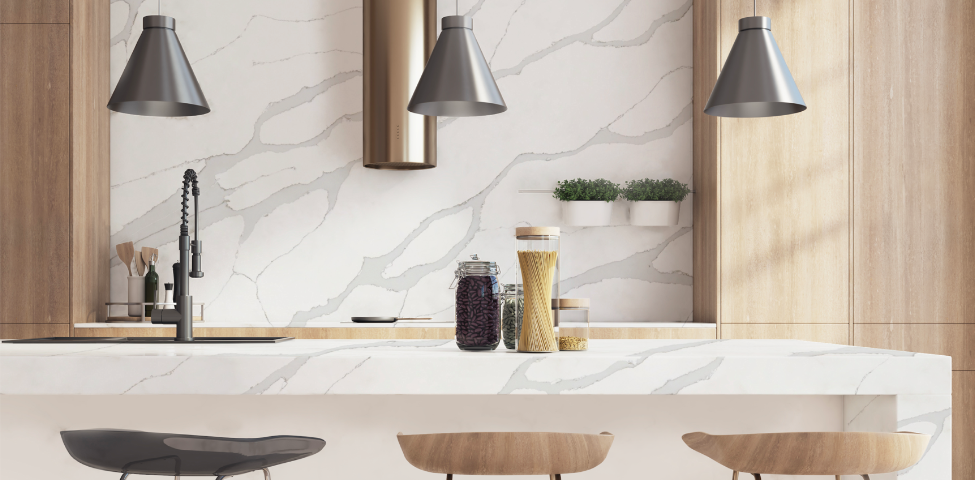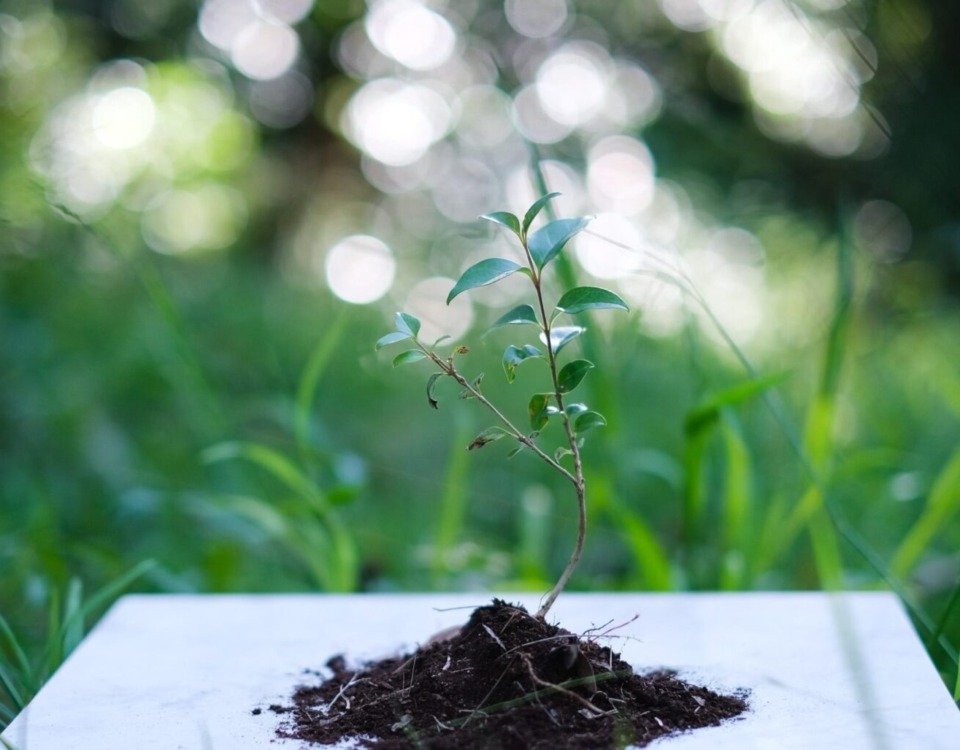
Introducing Low Silica Quartz Stone range
March 1, 2023Introducing new AC Stone Spring 2023 Quartz Stone bench tops
August 26, 2023What is crystalline silica?
Silica dust is released through various mechanical processes such as cutting, drilling, grinding of engineered stone. At large exposure, inhaling these dust particles can cause illnesses such as silicosis. The common engineered stone (or quartz stone) is known to have up to 97% silica content, making manufacturing or working with this surface an increased hazard during production phase.
What is the new low silica range?
Following the updates from the government and WHS changes to reduce crystalline silica content in engineered stone, AC Stone has made available a new low silica range. AC Stone’s new low silica range has been carefully formulated to reduce the amount of silica in the materials without compromising quality or durability. This new range has been tested and certified to ensure that it meets all relevant health and safety standards.
What are the differences in this new range?
AC Stone is proven to have lower silica percentages, below are references to our international SGS compliance and analysis which outlines 25% silica content, as well an analysis report by SafeWork NSW Government, which outlines between 29% and 35% of silica content. Our low silica products can be identified by this symbol:
AC Stone is proud to be one of the first suppliers to offer this innovative solution to the market. The low silica range is available in a wide range of colours and finishes, making it suitable for use in a variety of commercial and residential applications. AC Stone is confident that this new low silica line will work toward a better future and prioritise safety and compliance.
AC Stone will continue to comply with any changes required by the Government, and strictly follow guidelines to ensure our products serve our industry partners in a safe and responsible manner.





